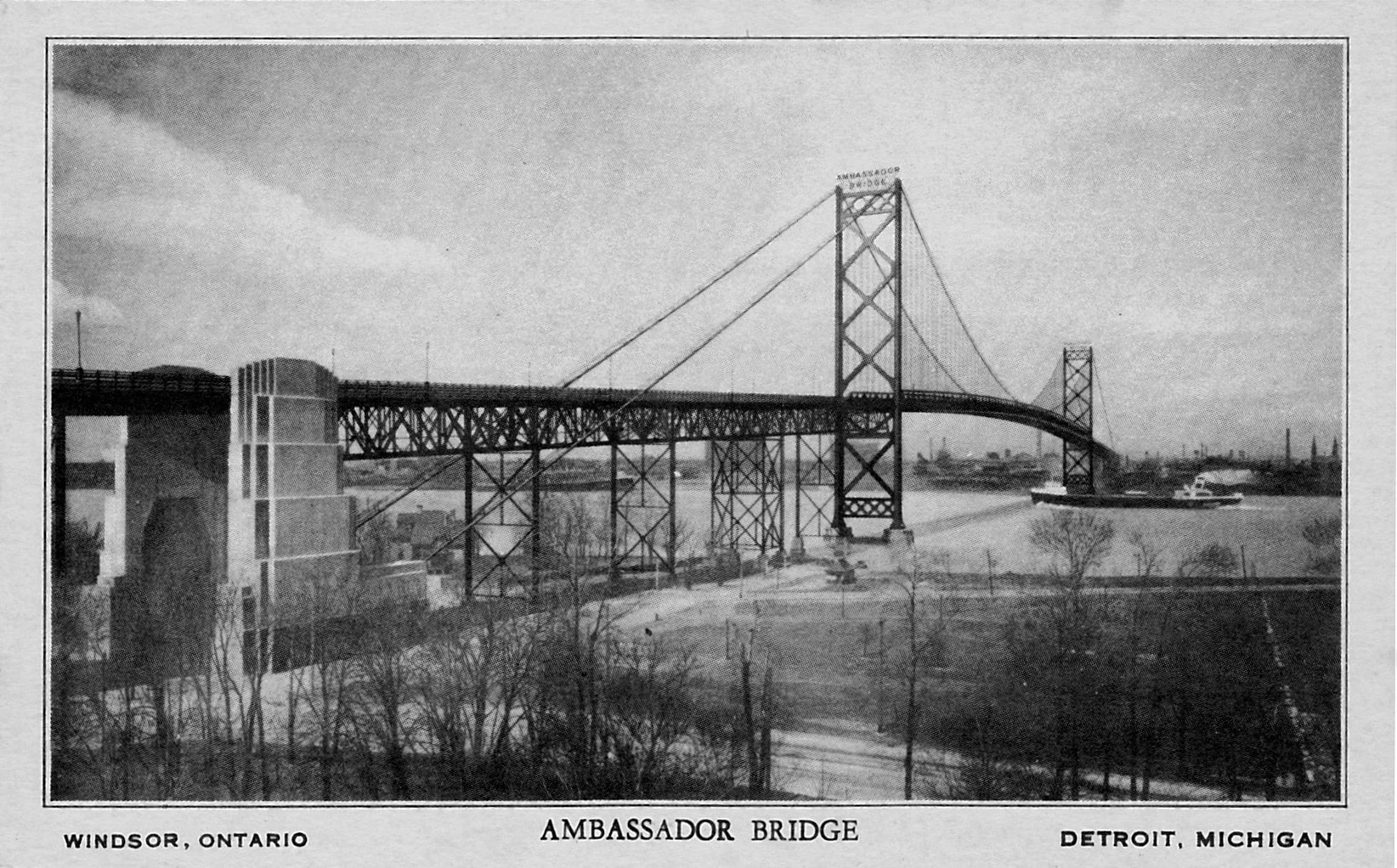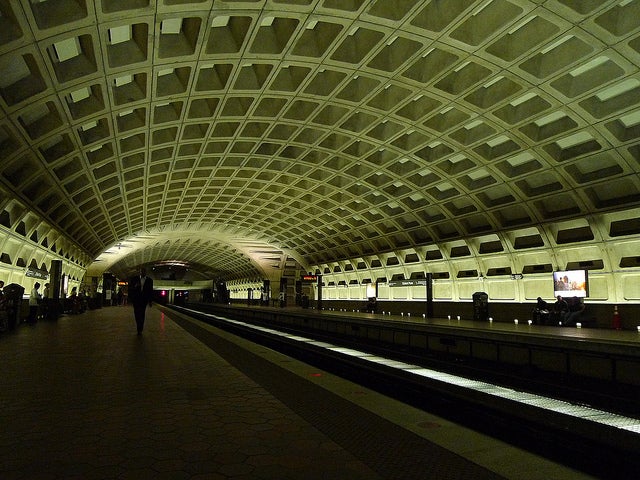
The History and Future
of America’s Infrastructure
Editor’s Note: Renowned engineer and historian Henry Petroski, author of the just-published The Road Taken: The History and Future of America’s Infrastructure, has a unique perspective on public-private partnerships (PPPs). He spoke to the PPP Blog about why the U.S. is at a much earlier stage of PPP development than the rest of the world, how America’s infrastructure PPPs are different than other countries’, and which European PPP models are influencing American progress. It’s an especially timely issue for PPP Blog readers who were reminded of the state of American infrastructure by the sudden closure of the Washington, DC Metro (subway) system earlier this month.
Q: Why is the U.S. so much “younger” than the rest of the world when it comes to PPPs?
Henry: In the U.S. during the 19th century, almost all our large infrastructure projects, like railroads, were created through private investment. If someone wanted to build a bridge, a corporation would be formed, find financing, and proceed on that basis. Owners might need a government concession so that they could put the bridge where they wanted, but aside from that it was a purely private enterprise. The Ambassador Bridge, which has linked Detroit, Michigan, and Windsor, Ontario, since 1929, is a good example; it was privately financed and remains wholly privately owned.
Q: When did the shift to public financing happen?
Henry: In early 20th century we began to see governments get increasingly involved in building and maintaining infrastructure. There developed an expectation that government would handle it, no matter how large the project. It got complicated when the whole interstate highway system began to be built in the late 1950s; the federal government was contributing 90 percent to the cost of the interstate highways, and very few states were turning down that kind of bargain. The states did get a bargain in building the interstates originally, but now that they are in need of repairs, widening, and expansion, the states are stuck with the problem of doing that. The federal government still contributes a lot through the highway trust fund, which is fed from the federal gas tax, but it is chronically underfunded.

and remains wholly privately owned.
Henry: In the U.S. we are seeing partnerships not only for building new infrastructure but also for upgrading and maintaining existing infrastructure. Two good examples are a massive bridge upgrade project in Missouri and a similar one in Pennsylvania. By entering into a PPP, Missouri was able to have some 800 bridges repaired or replaced faster than would have been possible otherwise. Neither state could invest in buying a lot of steel and reinforcing bars and the other necessary materials for working on hundreds of bridges at a time -- their budget processes simply didn’t allow it.
But the private party could, and by investing in such quantities and realizing economies of scale they could do the projects more cheaply and quickly. This shows how partnerships can be used to deal with existing infrastructure in the U.S. That’s important because in the U.S., we need to rebuild rather than just build.
Q: What countries does the U.S. look to for lessons as it expands its use of PPPs?
Henry: The whole idea of how we design and build bridges, roads, and large infrastructure projects has been changing during the last 20 or 30 years or so. During that time the U.S. started following the direction of Europe when it comes to PPPs and design-build projects. In America prior to that time, if a state department of transportation needed a new bridge, its engineers would design it, seek bids, evaluate bids, choose a contractor, then the project would proceed. Today in the U.S. we’re seeing more and more design-build projects, a concept proven in Europe for many more years than here.
Q: Why was the design-build approach a good fit for the U.S.?
Henry: It wasn’t at first. There were many obstacles to negotiating such contracts. But as the design-build approach has caught on and proven its worth, states have been changing their laws to allow it. In New York State, for example, a law was passed in 1911 to allow design-build contracting. That was done specifically so the replacement Tappan Zee Bridge, probably the biggest infrastructure project now going on in the state, could be done under a design-build contract. And there are many more design-build projects on the horizon in the U.S.

earlier this month was a reminder of the state of
American infrastructure. Credit: Susan Melkisethian
Henry: The biggest obstacles to creating long lasting infrastructure whether through PPPs, design-build, or a more traditional way are quality design and quality workmanship from the outset. We plan infrastructure expecting it to last for decades. That presumes that the work is done correctly. When this is not the case, it results in deteriorating infrastructure. This creates a problem with the financing of infrastructure generally, because other projects are in line after that one, but something you thought would last 20 years only lasts five years. That’s why quality is the most important single aspect of investing in infrastructure, whether through PPPs or traditional public works projects funded by states and nations.
Q: What are the measures governments can take to ensure that their project will be of the highest quality?
Henry: At the start, a PPP contract must be written properly, especially reflecting maintenance conditions. If that’s not in the contract, the determination is then given to the private party, which could lead it to do the minimum because it knows it’s turning the road or bridge over to the private party eventually. It should be a fair contract from every side. But the public partners are not often very well versed in these kinds of contracts and they don’t know how to protect themselves.
Q: Will we see more PPPs in the U.S., at a rate similar to the rest of the world?
Henry: I think we will see more PPPs in the U.S. Even though not all of the existing ones may be working out as hoped, they do provide valuable lessons learned, and they are teaching us what not to do in future PPP negotiations. Even those that might be considered failures are providing valuable lessons and contributing to the advancement of PPPs.
Henry Petroski’s other books include To Engineer Is Human: The Role of Failure in Successful Design (1985), The Pencil: A History of Design and Circumstance (1990), The Evolution of Useful Things (1992), Engineers of Dreams: Great Bridge Builders and The Spanning of America (1995), The Toothpick: Technology and Culture (2007), and many others.


Join the Conversation